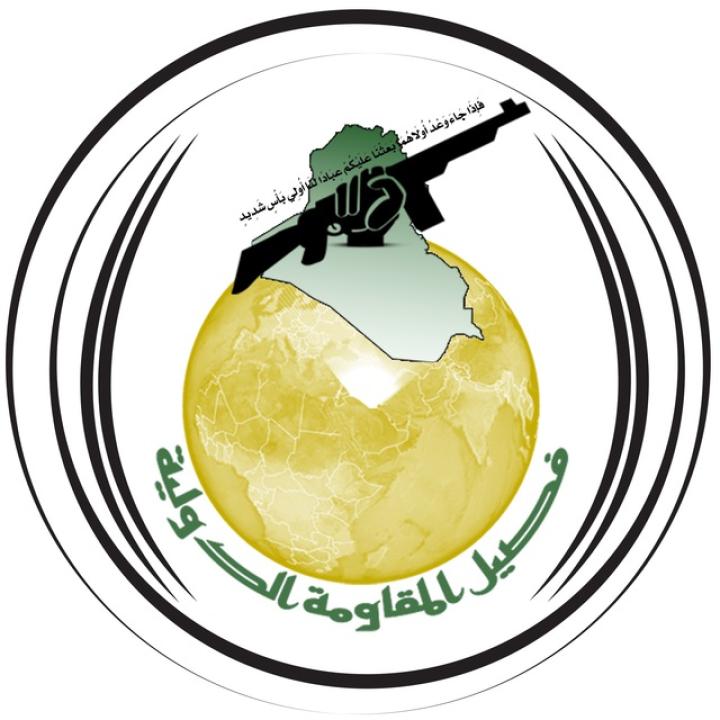
Rising Profile of Fasail al-Muqawama al-Duwaliya in Convoy Bombings

The group has intensified its claims of convoy attacks, shifting from Anbar-focused roadside bombings to incidents on the Kuwaiti border.
March 2021 saw an intensification of roadside bombings claimed by the Iraqi group Fasil al-Muqawama al-Duwaliya (International Resistance Faction, or MD). The attacks target the Iraqi-driven, Iraqi-owned logistical convoys that deliver supplies to international coalition personnel.
On January 6, the group claimed its first convoy attack in Ishaqi, a location in Salah al-Din province north of Baghdad, stating that the incident had occurred two days earlier. Since then, MD has claimed responsibility for at least ten purported convoy attacks.
The group has also published four videos of such attacks. The first apparently shows an attack on a logistical convoy at a traffic junction just west of Baghdad (Fallujah Bridge) on March 11. Judging from the angle of the device (toward the back end of the vehicle and away from the driver), MD is trying to reduce lethality to avoid backlash from the Iraqi public.
The second video shows an attack that purportedly happened in Anbar on March 18. The exact location was not published, however, and the quality of the video is very poor and does not show any clear attack. This has been a trend among muqawama (resistance) groups engaged in convoy strikes, apparently because they have failed to cause real damage yet still want to use the incidents as a propaganda tool.
The third video was posted via muqawama social media on March 25, 2021, purportedly showing a roadside bombing in Radwaniyah southwest of Baghdad. It, too, fails to indicate any real damage.
The fourth video could indicate a shift in MD’s convoy attack strategy. It shows an attack that purportedly happened on March 30 in Dhi Qar, but this time MD did not use roadside bombs. According to muqawama channels such as Sabereen News, the explosion was caused by so-called "sticky" (actually magnetic) bombs applied to the underside of a truck at the Jirishan border point with Kuwait.
This account could be a bluff to show that muqawama groups are capable of infiltrating high-security zones with such tactics. Yet the video also shows a civilian car overtaking the targeted truck only seconds before the explosion, raising the possibility that a passenger threw a device into the truck. Either way, the incident may signal a change in tactics by one of the groups focused on logistical convoys.
The manner in which the operation was filmed also shows that MD has become more brazen in its attacks. All previous videos of convoy hits were filmed from a safe distance, but the March 30 attack was shot from a much closer angle.
Lastly, muqawama channels claimed that the Dhi Qar convoy was carrying Toyota cars for Germany's Camp Teslar, located at al-Asad Air Base in Anbar. This suggests that militias have access to import manifests at the Kuwaiti end or, perhaps, at the intended point of delivery in Anbar.






